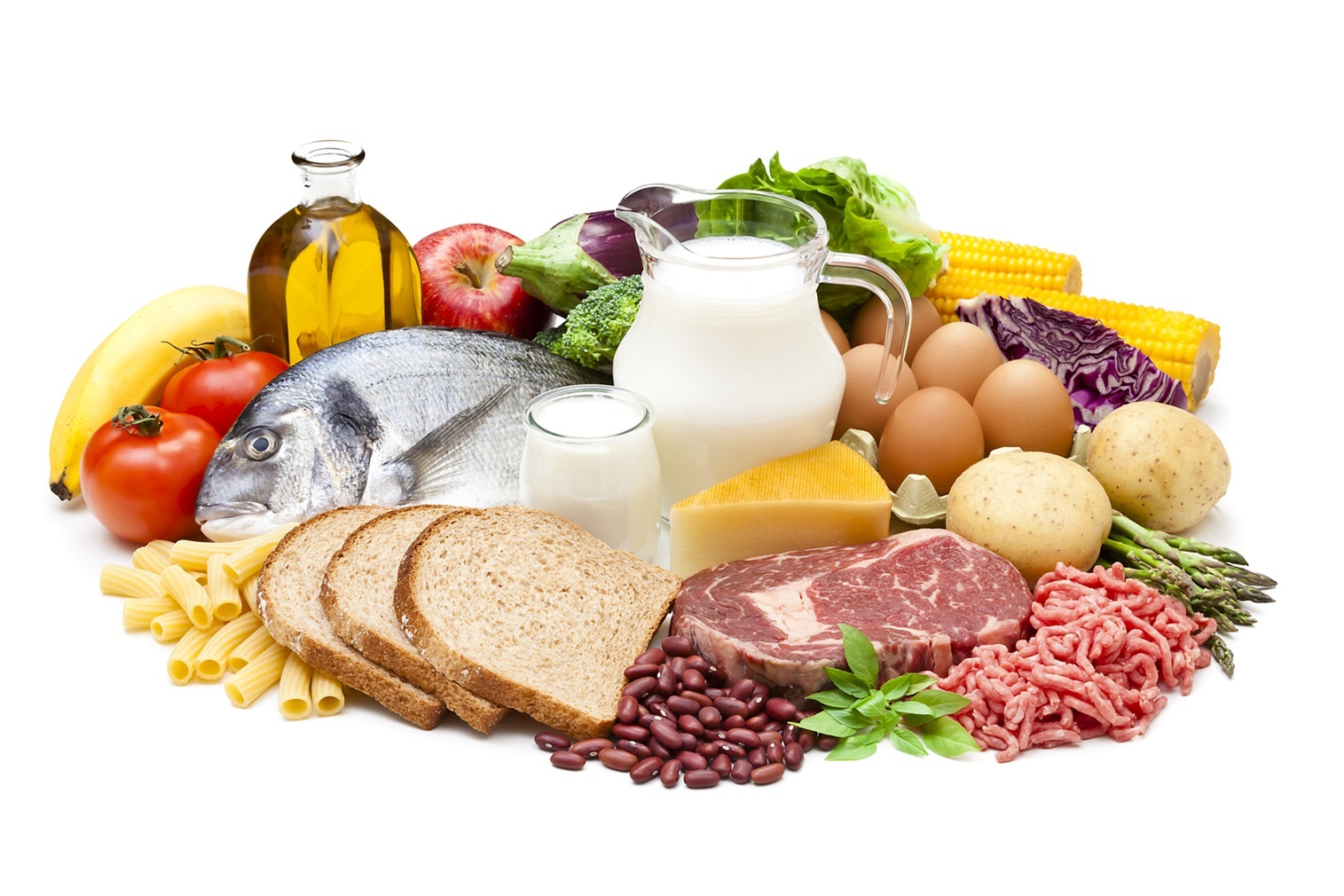Food Additives
Food Additives
Food additives are substances that become part of a food product when they are added during the processing or making of that food.
Food additives can be derived from plants, animals or minerals, or they can be chemically synthesized. There are several thousand food additives used, all of which are designed to do a specific job. Food additives serve 5 main functions:
1) Give the food a smooth and consistent texture;
2) Improve or preserve the nutrient value;
3) Maintain the wholesomeness of foods;
4) Control the acid-base balance of foods and provide leavening;
5) Provide color and enhance flavor.
Magnesium is a mineral that is necessary for good health. It's important for many functions in the body including, regulating muscle and nerve function, blood sugar levels and blood pressure, as well as energy production and bone health. In addition to its role in several bodily functions, magnesium has important roles as a food additive.
Nano Magnesium Oxide can be used to regulate pH and prevent caking in bakery products, frozen dairy, canned peas, butter and cocoa products. It is also a popular supplemental source of magnesium.
Nano Magnesium Hydroxide can be used as an antacid, laxative and pH regulator in the food processing industry.
Nano Magnesium Carbonate can be used as a food additive to prevent caking and as a whitener in food processing applications. It's is also used as a demolding agent in the manufacturing of biscuits, as a carbonate source in soft drinks, as well as a source of magnesium in dietary supplements.
IMC provides high purity food grade Nano Magnesium Oxide, Nano Magnesium Hydroxide and Nano Magnesium Carbonate for safe use in food additives.
Recommended Products

undefined
Nanostructured MgO can be prepared through different chemical (bottom-up approach) or physical (top-down approach) routes. The characteristics of Nano MgO increase its utility manifolds and it also has various other properties such as high melting point, cost-effective production, biodegradability and biocompatibility.

undefined
Magnesium hydroxide (MDH) crystals tend to form as large, hexagonal plates by default. However, Nano magnesium hydroxide (Nano MDH) usually has the morphology of the crystalline material from 2D nanostructures such as hexagonal platelets and sheets to 1D configurations such as rods, needles and hollow tubes.

undefined
Magnesium carbonate (MgCO3) is designated as a generally recognized as safe (GRAS) material by the American Food and Drug Administration (FDA), making its nano form have a good application prospect. Nano magnesium carbonate (Nano MgCO3) is a kind of nanoparticle of 8nm average diameter and large surface area.



